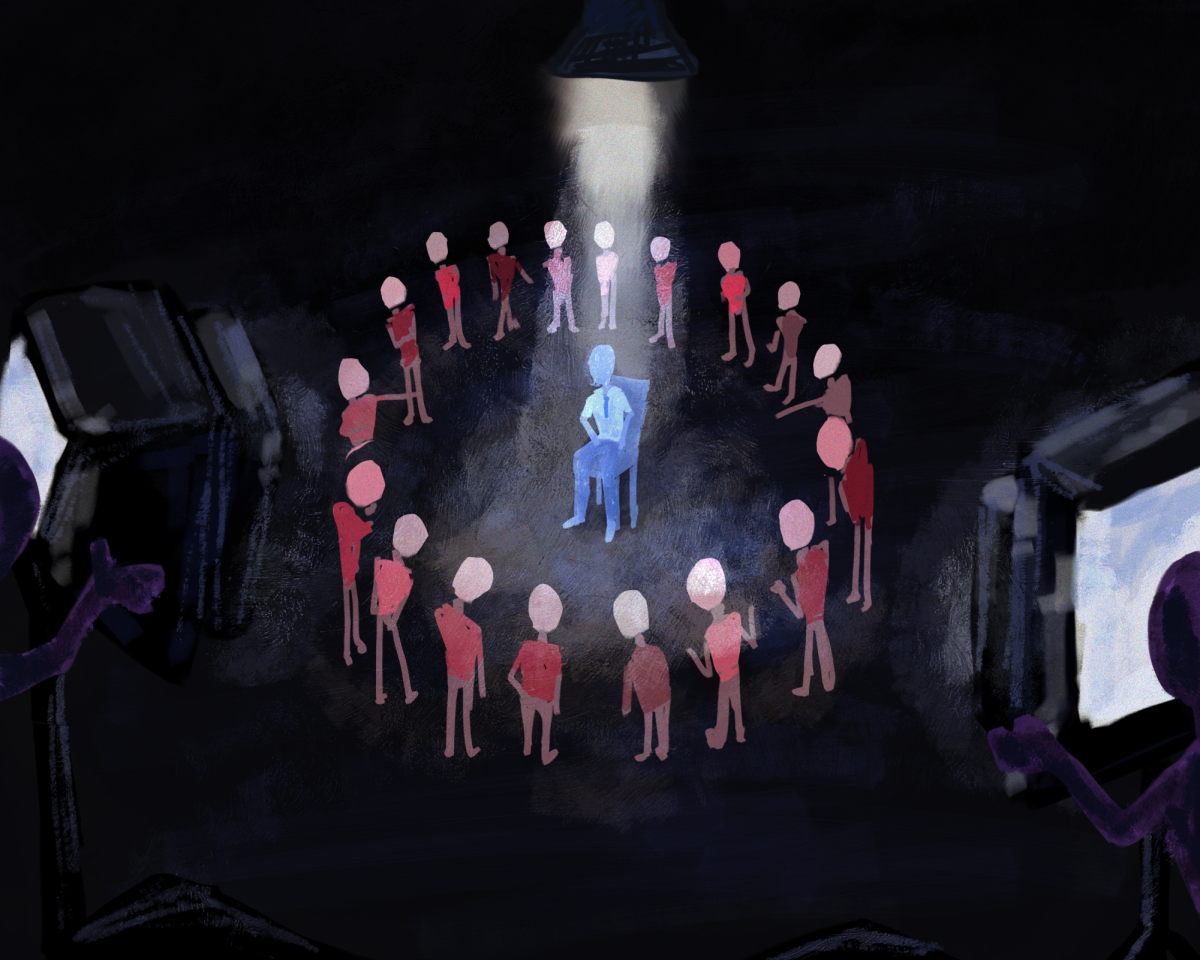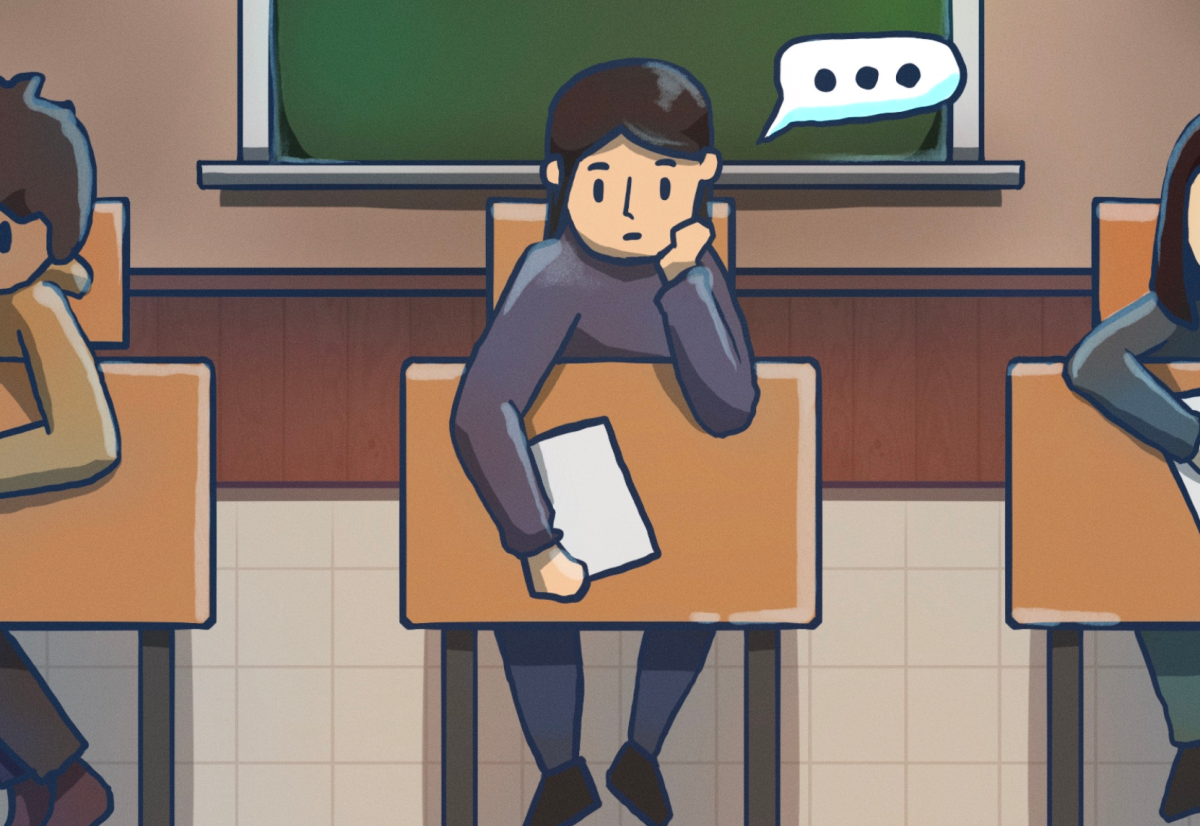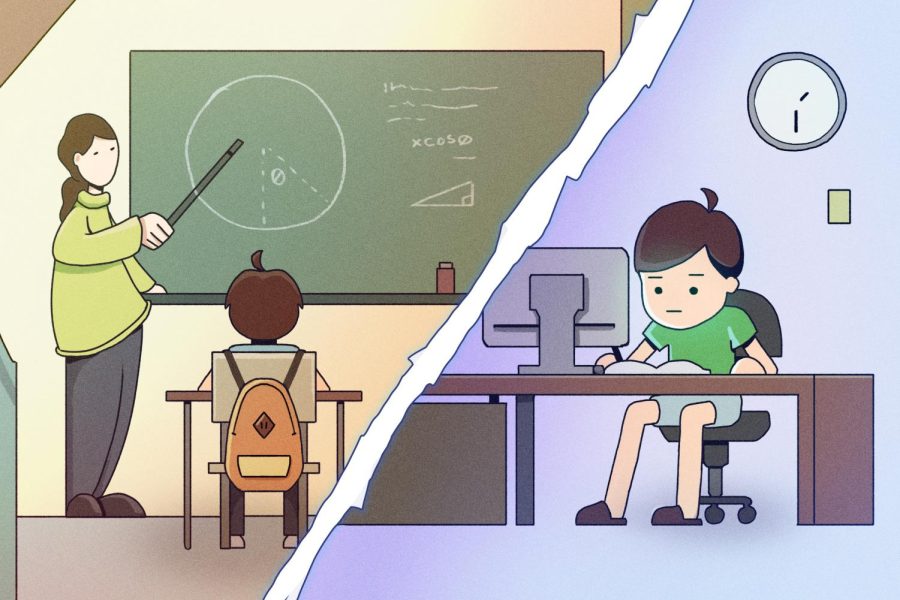It’s no secret that libraries are fading as more information transfers to the digital realm. The ability to find an answer to any question in a matter of seconds is an undeniably powerful asset, but it doesn’t compare to the feeling of wandering through aisles of books to look for a specific volume or the satisfaction of finding the right novel.
During the COVID-19 pandemic, access to libraries was restricted by quarantine, leaving some individuals without access to the internet and youth without safe spaces for learning beyond their home or school.
The shutdown of libraries during the global pandemic mirrors the nationwide decline of libraries due to a transition to digital resources. Libraries serve as more than just a place to check out books. Montgomery County community members mustn’t neglect the local library system that provides comfort and resources for those in need.
Montgomery County Public Libraries (MCPL) has expansive resources for community members. In an age of digital takeover, it’s more important than ever to explore and use these resources.
Public libraries have existed in Montgomery County since 1893, with the opening of the Noyes Library in Kensington. The Noyes Library instantly became a community hub, with residents attracted to the events for children and the free reading room for adults. For the next 57 years, the library served the public independently, funded by its benefactor and namesake, Crosby S. Noyes. Five years after the Maryland Legislature passed a law agreeing to fund public libraries statewide, the Montgomery County Public Library (MCPL) system was born—with the Noyes Library being one of the seven libraries included in the initiative. Established on May 31, 1950, the system has since expanded to include 21 public libraries; 20 are open to the public, and the remaining library operates within the Montgomery County Correctional Facility. The library system currently operates at a comparatively large yearly budget of roughly $43 million. Surrounding areas such as Prince George’s County and Anne Arundel County have public library systems with annual operating budgets of $33 million and $28 million, respectively. It’s crucial that community members not only recognize the value of having such large and accessible libraries but also enjoy the free functions they offer.
While libraries provide standard services such as free library cards, internet access, printers and quiet room reservations, they also have many helpful programs, ranging from book clubs to financial education or job search information.
For infants and toddlers, the libraries offer early reading, literacy help and spaces for play and storytime. Services for school-age children include STEM education, homework assistance and after-school programs where they can play games and participate in dance classes. High school students can enjoy college and test preparation programs and use volunteering opportunities and job search information. Additionally, English and Spanish options exist for most of these services.
Other unique services include the “Internet to Go” program, where people can check out mobile WiFi hotspots, thermal cameras and other electrical devices. MCPL library cards are easy to obtain and open the doors to these services and the MCPL digital database. The database offers thousands of audiobooks, ebooks, music, movies and newspapers from over 120 countries. Library card perks are constantly changing, and in 2020, all cardholders were offered free digital subscriptions to the Washington Post.
Although libraries have an almost endless list of available resources, even more important than their physical services are the emotional ones provided. In their role as mental health relief centers, libraries can help individuals deal with feelings of stress from career or school burnout. Doctors in the UK have begun prescribing library visits to those struggling with mental health, a type of treatment titled “bibliotherapy.” Bibliotherapy eases symptoms of depression and anxiety. According to a survey conducted by Pew Research, 91% of Americans consider libraries “very important” or “somewhat important” to their community as a whole, while 98% report having positive experiences at libraries. One example of many groups that place importance on the accessibility of libraries is the LGBTQ community, whose members have often taken solace in libraries when facing discrimination from the outside world, according to an article published by the American Libraries Magazine. Libraries serve as safe spaces for community members of all ages and backgrounds and provide an area where those in need can seek help.
Despite the number of services available, libraries are still some of the most overlooked spaces in today’s society. As public usage of libraries falls every year, communities lose vital institutions that serve as support centers. Whether it be the language programs offered to immigrants or the early literacy help for toddlers without reading materials at home, libraries are necessary to help in-need individuals and families.
While it may feel inefficient to visit a local library when the answer to a burning question is available online in a matter of seconds, checking out a book on occasion rather than buying one from a bookstore or volunteering in a library-sponsored event helps to support libraries and the people who rely on them.
Libraries link communities and serve as important “third spaces,” or somewhere one can go besides home, school or work to relax and decompress. After the pandemic and almost two years of worldwide isolation, people must use libraries to reconnect with their communities and themselves.
















